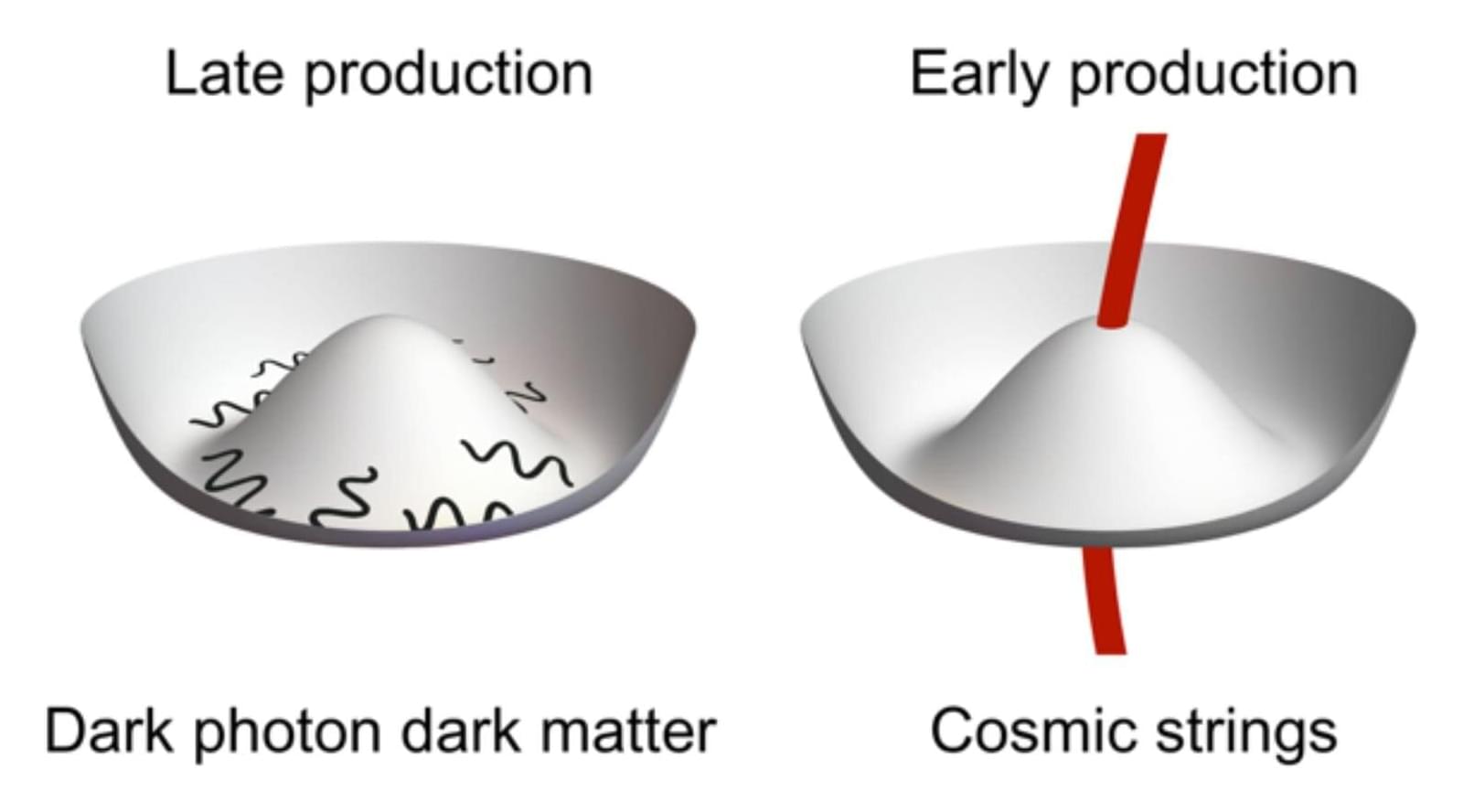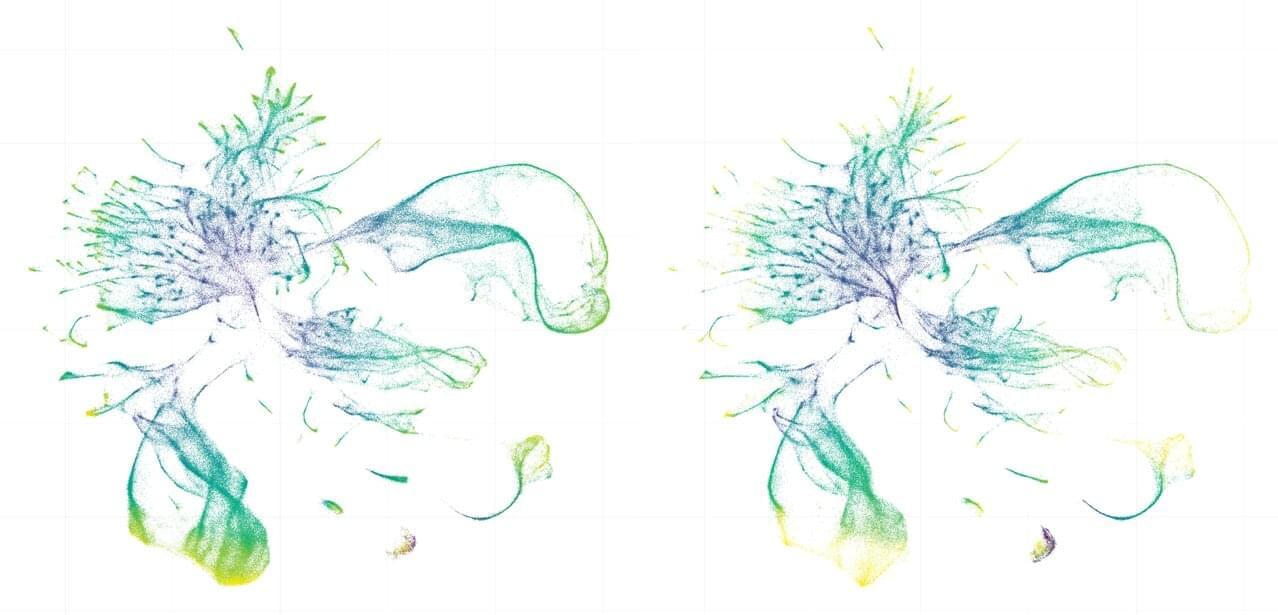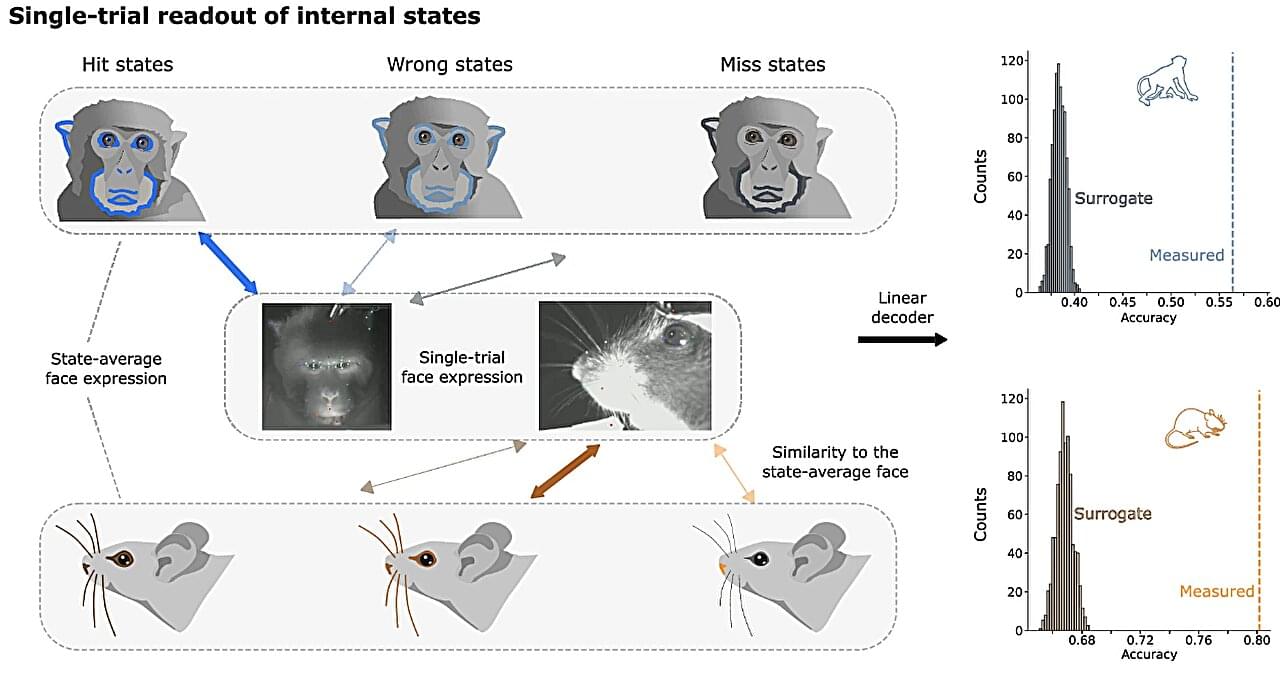When Vijay Sankaran was an MD-PhD student at Harvard Medical School in the mid-2000s, one of his first clinical encounters was with a 24-year-old patient whose sickle cell disease left them with almost weekly pain episodes.
“The encounter made me wonder, couldn’t we do more for these patients?” said Sankaran, who is now the HMS Jan Ellen Paradise, MD Professor of Pediatrics at Boston Children’s Hospital.
In 2008, Orkin, Sankaran, and colleagues achieved their vision by identifying a new therapeutic target for sickle cell disease.
In December 2023, through the development efforts of CRISPR Therapeutics and Vertex Pharmaceuticals, their decades-long endeavor reached fruition in the form of a new treatment, CASGEVY, approved by the U.S. Food and Drug Administration.
The decision has ushered in a new era for sickle cell disease treatment — and marked the world’s first approval of a medicine based on CRISPR/Cas9 gene-editing technology.
How a genetic insight paired with gene editing technology led to a life-changing new therapy.








